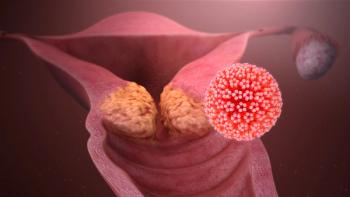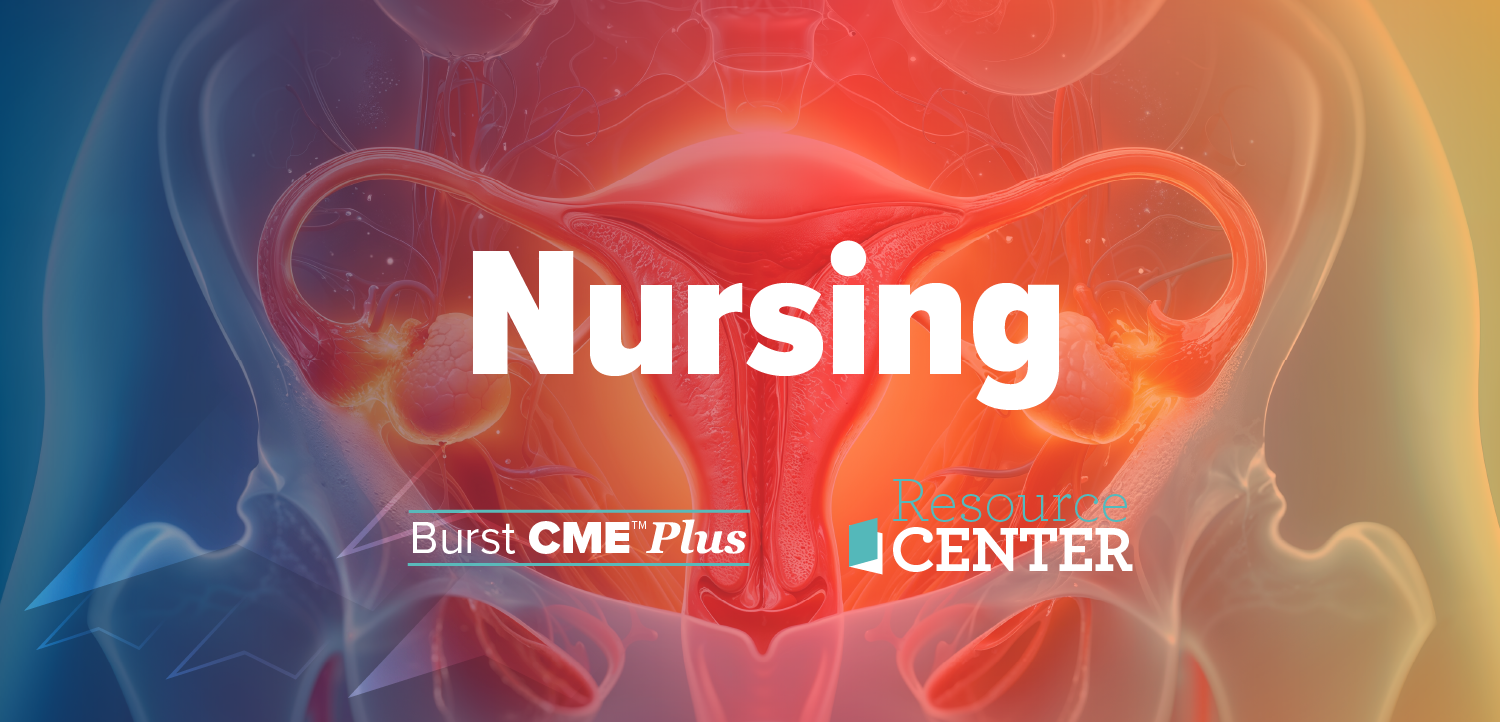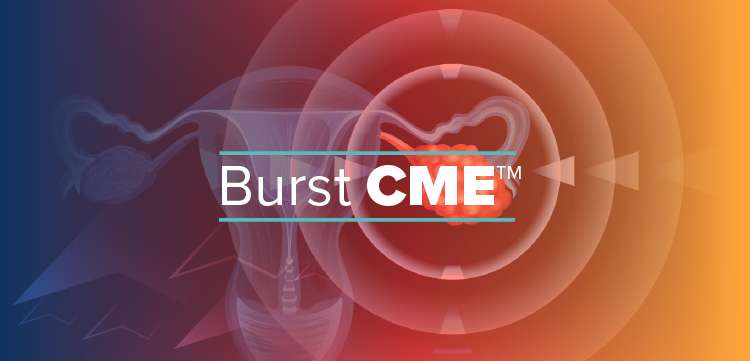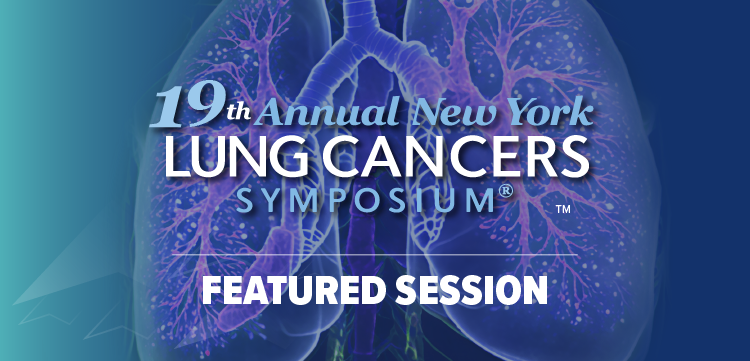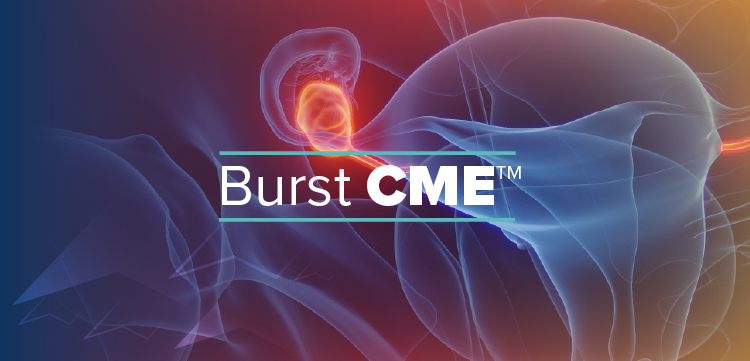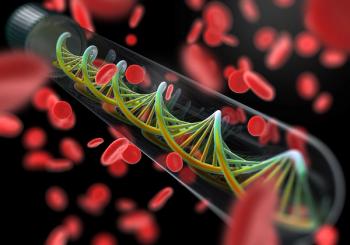
Identifying an optimal fludarabine exposure for improved outcomes after axi-cel therapy for aggressive B-cell non-Hodgkin lymphoma
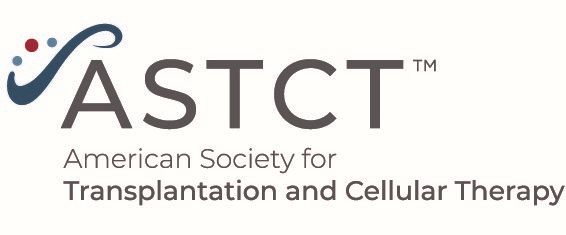
Researchers from MSKCC have explored the potential of personalized fludarabine dosing, based on population pharmacokinetics, to enhance the outcomes of CD19 CAR T-cell therapy in patients with relapsed/refractory aggressive B-cell non-Hodgkin lymphomas.
Researchers from Memorial Sloan Kettering Cancer Center in New York have explored the potential of personalized fludarabine dosing, based on population pharmacokinetics (PK), to enhance the outcomes of CD19 CAR T-cell therapy in patients with relapsed/refractory aggressive B-cell non-Hodgkin lymphomas. Given the promising yet toxic nature of CD19-directed CAR T-cell therapies, optimizing lymphodepleting chemotherapy regimens such as fludarabine combined with cyclophosphamide, is crucial. This study aims to pinpoint an optimal therapeutic exposure target for fludarabine that could balance efficacy with tolerability, focusing on its association with treatment outcomes after CAR T-cell therapy, a significant step given the variable drug exposure resulting from current dosing practices based solely on body surface area.
This analysis had 199 recipients of CD19-directed CAR T-cell therapy, with patients divided into groups based on their fludarabine exposure levels: low, optimal, and high area under the curve (AUC). The study highlighted a clear association between optimal fludarabine exposure and reduced risk of disease progression or death, as well as improved progression-free survival rates at one year. Notably, while optimal AUC levels correlated with better overall survival outcomes, high fludarabine exposure was associated with an increased risk of immune effector cell-associated neurotoxicity syndrome, underscoring the need for precise dosing to mitigate toxicities without compromising the therapy's efficacy.
The significance of this study lies in its potential to refine the administration of CD19 CAR T cell therapy, promoting a personalized approach to fludarabine dosing that could lead to improved patient outcomes and minimized toxicity. Despite its limitations, including its retrospective nature and the need for external validation, the research provides valuable insights into the optimal therapeutic window for fludarabine exposure. This approach emphasizes the importance of individualized dosing strategies in the context of lymphodepleting chemotherapy, marking a promising direction for future research and clinical practices aimed at enhancing the efficacy and safety of CAR T cell therapies for aggressive B-NHL and potentially other indications.
Reference
Scordo M, Flynn JR, Gonen M, et al. Identifying an optimal fludarabine exposure for improved outcomes after axi-cel therapy for aggressive B-cell non-Hodgkin lymphoma. Blood Adv. 2023;7(18):5579-5585.
Newsletter
Stay up to date on recent advances in the multidisciplinary approach to cancer.


